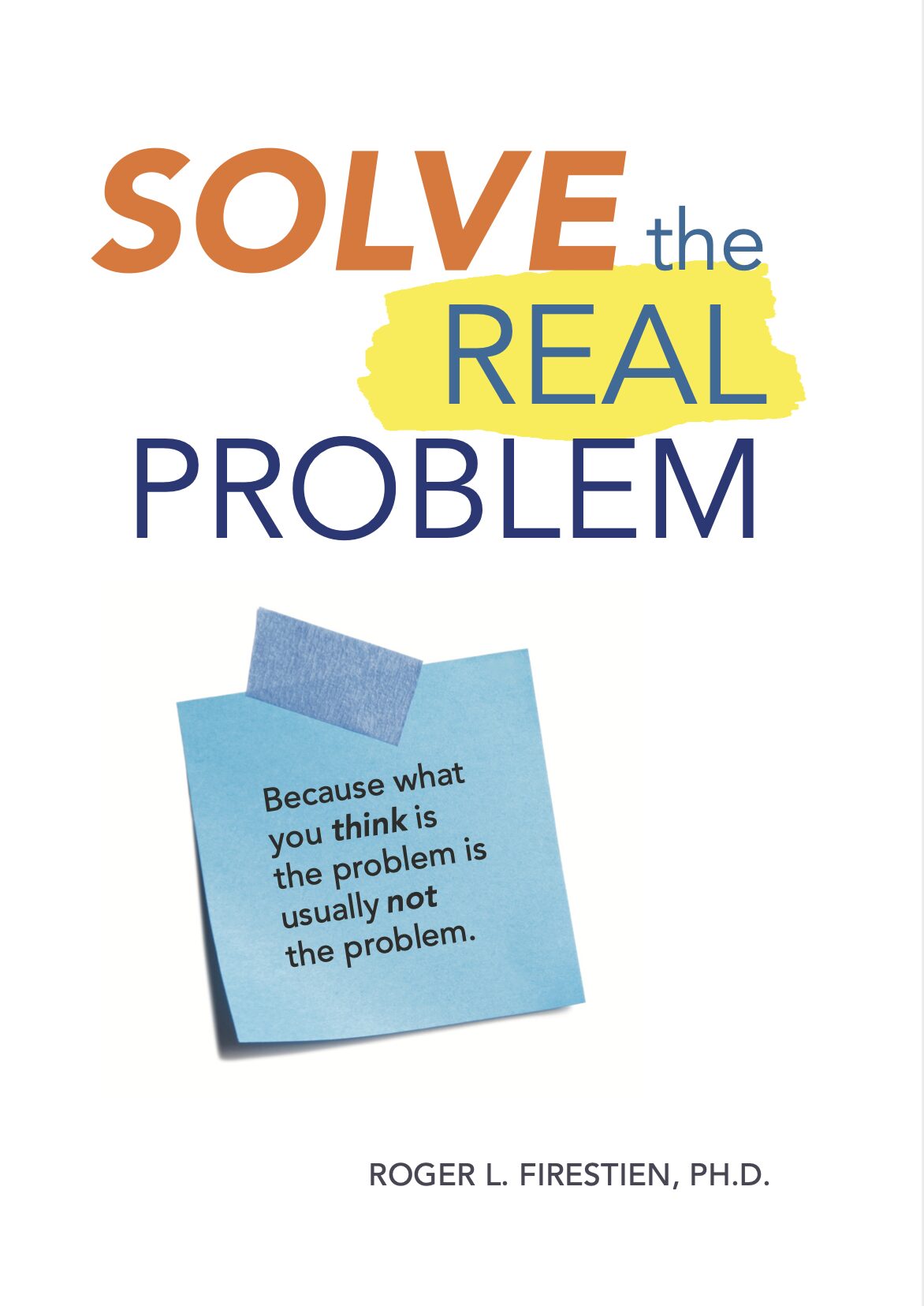I can safely say that 99% of the time what we think is the problem is actually not the problem. It is merely a symptom of the problem, a knee-jerk reaction to the real problem, or what the boss thinks is the problem.
This observation is based on my 45 years of practical research working with hundreds of innovation groups, from Fortune 500 companies to nonprofit organizations to schools and churches.
In fact, today’s business problems are rarely even single problems. Most of the time there are multiple problems that get in the way of accomplishing our goals.
So, why are we so bad at this?
We have been taught that the initial impression of the problem is the right one.
We have a good reason for this. School already sets up the problem for us: 2+2=4. What is the capital of Poland? Warsaw.
We’ve been taught to find answers to problems, not to question the problem itself.
To increase your likelihood of success, it’s crucial to challenge your initial impression of what you think is the problem. Because it doesn’t do any good to generate ideas for solving the wrong problem.
So, how do you find the real problem?
The answer: Ask lots of questions, but these aren’t just any kinds of questions. These are creative questions. You see, the language you use to describe a problem is going to dictate the kinds of solutions you generate.
For example, “We don’t have enough money.” Good or bad question? Answer: Bad question. In fact, it’s a statement. When you hear that statement, your brain says, “Okay, we don’t have any money. Decision made. Move on.”
Let’s try a different approach.
“How might we raise the money for this project?” or “How might we reduce the cost of this project?” Good and creative questions. Questions framed in this way provoke your mind to search for solutions.
They tell your brain, “Let’s go find some answers.” And because we’re using the word “might,” these can be any answers. We haven’t made any decisions yet. Look for options.
When you’re redefining the problem, you want questions that open up your thinking. Use these phrases to begin your creative questions:
- What might be all the ways to…
- In what ways might I…
Give it a try. Next time you need to solve a tough problem, back up a step. Don’t immediately accept your initial impression of the problem as the real problem. Just as you generate creative ideas for solving a problem using brainstorming, you can also brainstorm ways to redefine a problem.
Free Digital Skills Training: From Solving UX Problems to BizDev
Use these guidelines to generate creative questions:
- Defer judgment
- Strive for quantity
- Seek wild and unusual questions
- Combine and build on other questions
When you’re facing a tough situation, try this exercise.
Write down at least fifteen different ways to restate your problem beginning with the phrases I listed above. Then, select the question that describes the main obstacle keeping you from your goal. Only then, begin generating ideas to solve your problem.
Coming up with over fifteen creative questions should take only about five to ten minutes.
Solve the Real Problem
Using examples from business, medicine, education, agriculture, manufacturing and more, Roger Firestien introduces the simplest of methods to uncover the correct problems to solve. That method? Questions. But not just any type of questions – creative questions.
We earn a commission if you make a purchase, at no additional cost to you.
As I said, today’s business problems are not one-problem situations. Usually there are multiple problems that require more than one creative question to solve the overall challenge.
Invest the time identifying the true problem(s) and generate ideas only after you’ve clearly identified the best problem(s). The time you spend identifying the real problem prevents you from generating ideas that are off-target and action plans that have no traction.
Keep in mind, a problem is not a bad thing. It’s just a gap from where we are to where we want to be.
As the eminent psychologist J.P Guilford was once quoted as saying, “To live is to have problems and to solve problems is to grow intellectually.”
Dr. Roger Firestien is the author of Solve The Real Problem





